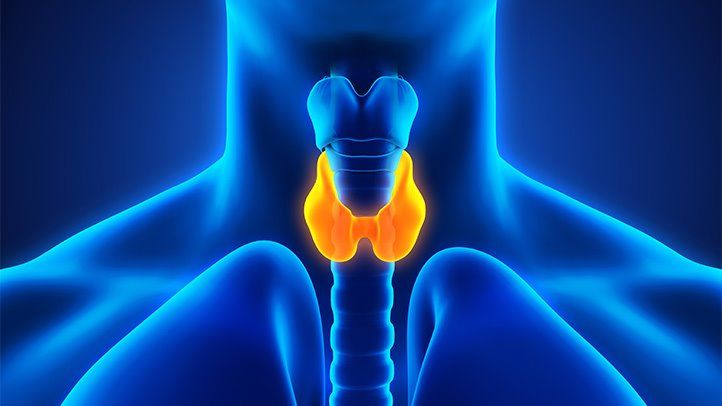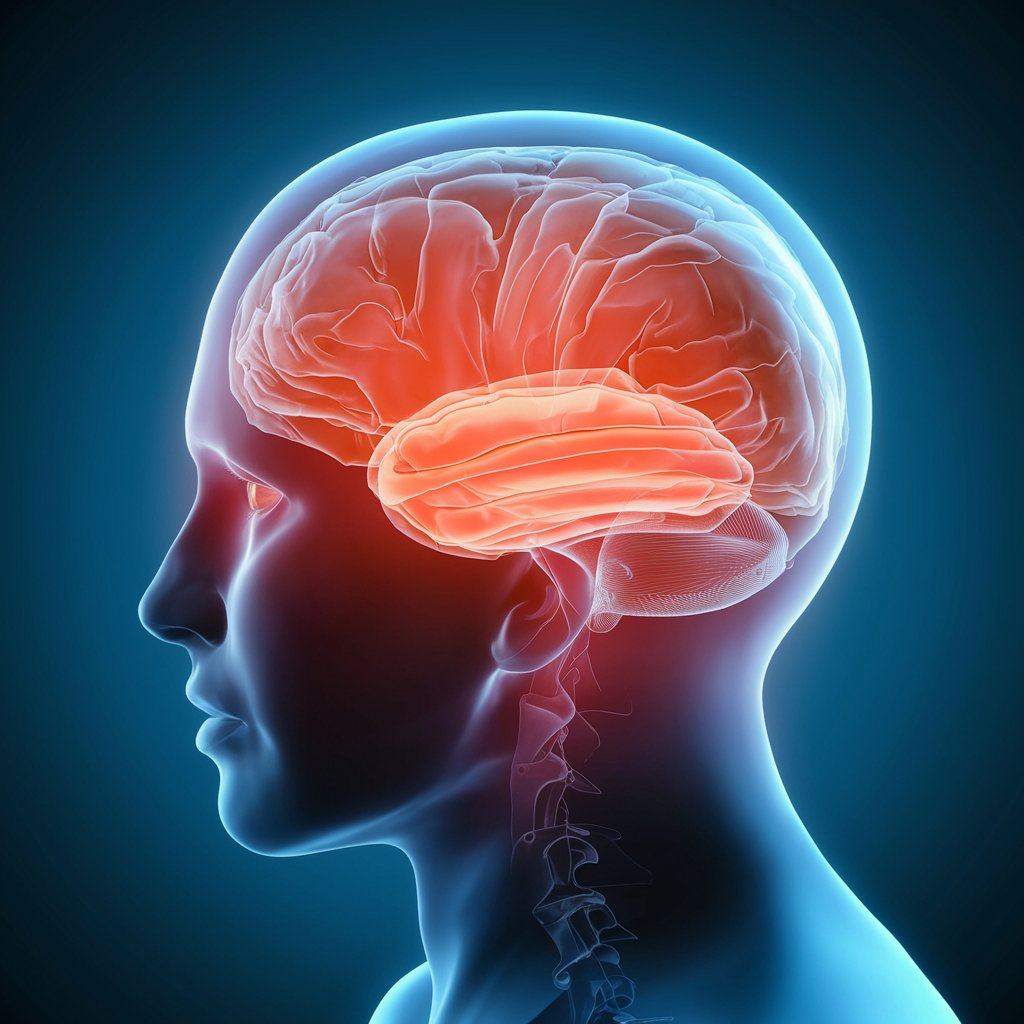Autoimmune diseases refer to a broad category of intricate disorders wherein the immune system, which is meant to defend the body against pathogens and other foreign invaders, inadvertently attacks the body’s tissues. These illnesses can impact different systems and organs, resulting in a broad spectrum of symptoms and medical issues.
They are broadly divided into two categories: those that affect multiple body systems (such as rheumatoid arthritis and systemic lupus erythematosus) and those that are more focused on one or more specific organs (such as type 1 diabetes and Hashimoto’s thyroiditis). It is essential to comprehend the various forms, causes, and manifestations of autoimmune illnesses to progress medical diagnosis and therapy and enhance the quality of life for individuals afflicted by these difficult conditions.
Table of Contents
Definition of Autoimmune Disease
An autoimmune disease is when the immune system erroneously targets its tissues. The immune system, which typically defends the body against pathogens including bacteria and viruses, fails to differentiate between foreign invaders and the body’s cells, resulting in inflammation and tissue damage.
Types
They are roughly categorized into two types: systemic and organ-specific autoimmune disease
Systemic Autoimmune Diseases
They are those in which the immune system targets several organs or systems in the body. They cause extensive inflammation and immune response, potentially affecting joints, skin, muscles, blood vessels, and internal organs.
Key Characteristics:
Widespread Impact: These diseases can impact multiple sections of the body at the same time or sequentially.
Complex Symptoms: Patients frequently report a wide range of symptoms that vary greatly in severity and type.
Chronic inflammation: It is a defining feature of systemic autoimmune disorders, resulting in long-term tissue damage and consequences.
Examples:
1. Systemic Lupus Erythematosus (SLE)
- Description: A chronic disease that causes inflammation in various body parts, including the skin, joints, kidneys, and brain.
- Symptoms: Fatigue, joint pain, rash, and fever.
2. Rheumatoid Arthritis (RA)

- Description: A chronic inflammatory condition affecting predominantly the joints.
- Symptoms: Swollen, heated, and painful joints, which commonly progress to joint deformity over time.
3. Sjogren’s Syndrome
- Description: An autoimmune illness characterized by dry eyes and mouth caused by the loss of glands responsible for saliva and tears.
- Symptoms: Dry eyes, mouth, and joint pain.
4. Scleroderma
- Description: A series of illnesses that cause hardness and tightness of the skin and connective tissues.
- Symptoms: Include skin thickening, Raynaud’s phenomenon, and organ involvement (lungs, heart, kidneys).
Organ-Specific Autoimmune Diseases
They are those that occur when the immune system targets a specific organ or kind of tissue. The immune response is localized, causing inflammation and damage to a specific organ or tissue, resulting in functional impairments.
Key Characteristics:
Localized Impact: The immunological onslaught is limited to a single organ or tissue.
Focused Symptoms: Symptoms are typically associated with the function of the damaged organ, while systemic consequences might develop as a result of organ malfunction.
Specificity: Each disease targets a single tissue or organ, such as the thyroid in Hashimoto’s thyroiditis or the pancreas in type 1 diabetes.
Examples:
1. Type 1 Diabetes Mellitus
- Description: An autoimmune disorder in which the immune system attacks insulin-producing beta cells in the pancreas.
- Symptoms: Elevated blood sugar levels, frequent urination, increased thirst, and weight loss.
2. Hashimoto’s Thyroiditis

- Description: An autoimmune condition in which the immune system destroys the thyroid gland, causing hypothyroidism.
- Symptoms: Fatigue, weight gain, cold intolerance, and sadness.
3. Graves’ Disease
- Description: An autoimmune condition that produces hyperthyroidism by overproducing thyroid hormones.
- Symptoms: Weight loss, quick heartbeat, anxiety, and bulging eyes.
4. Multiple Sclerosis (MS)

- Description: An autoimmune disorder that attacks the central nervous system and destroys the protective covering of nerve fibers.
- Symptoms: Numbness, weakness, imbalance, and difficulty speaking.
5. Celiac Disease
- Description: An autoimmune condition in which gluten causes damage to the small intestine.
- Symptoms: Digestive problems (such as diarrhea or bloating), anemia, and weariness.
In conclusion, there are two types of autoimmune diseases: systemic and organ-specific. Lupus and rheumatoid arthritis are examples of systemic diseases, whereas organ-specific disorders, such as type 1 diabetes and Hashimoto’s thyroiditis, affect just certain tissues. Recognizing these distinctions is critical for appropriate diagnosis and treatment, which ultimately leads to better patient outcomes.
Frequently Asked Questions (FAQ)
What are autoimmune diseases?
Autoimmune diseases occur when the immune system mistakenly attacks the body’s own tissues.
What are the primary types of autoimmune diseases?
The primary types are systemic autoimmune diseases and organ-specific autoimmune diseases.
How are autoimmune disorders diagnosed?
Diagnosis often involves a combination of medical history, physical examination, laboratory tests, and imaging studies.
Related Articles

